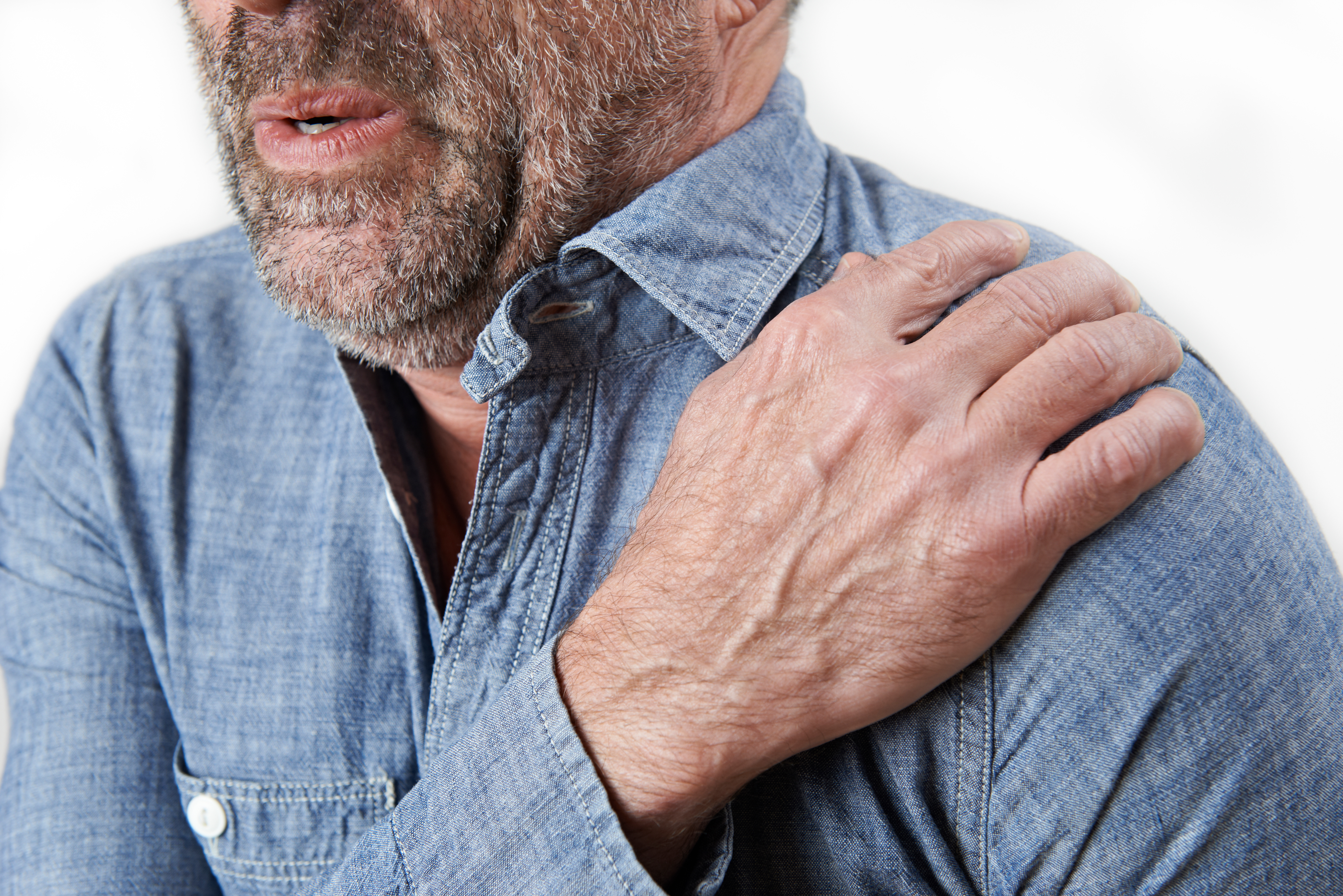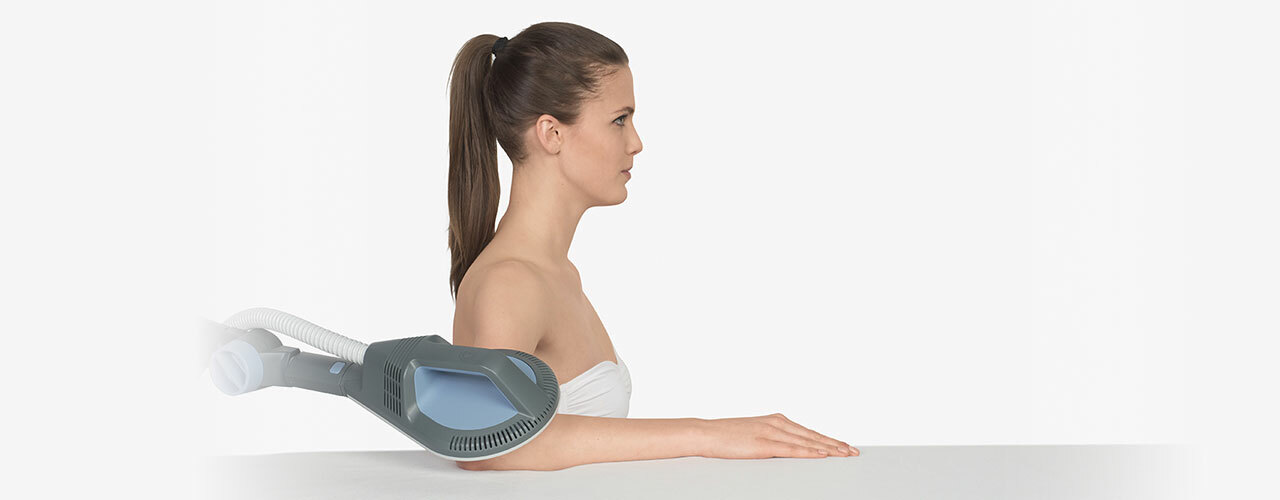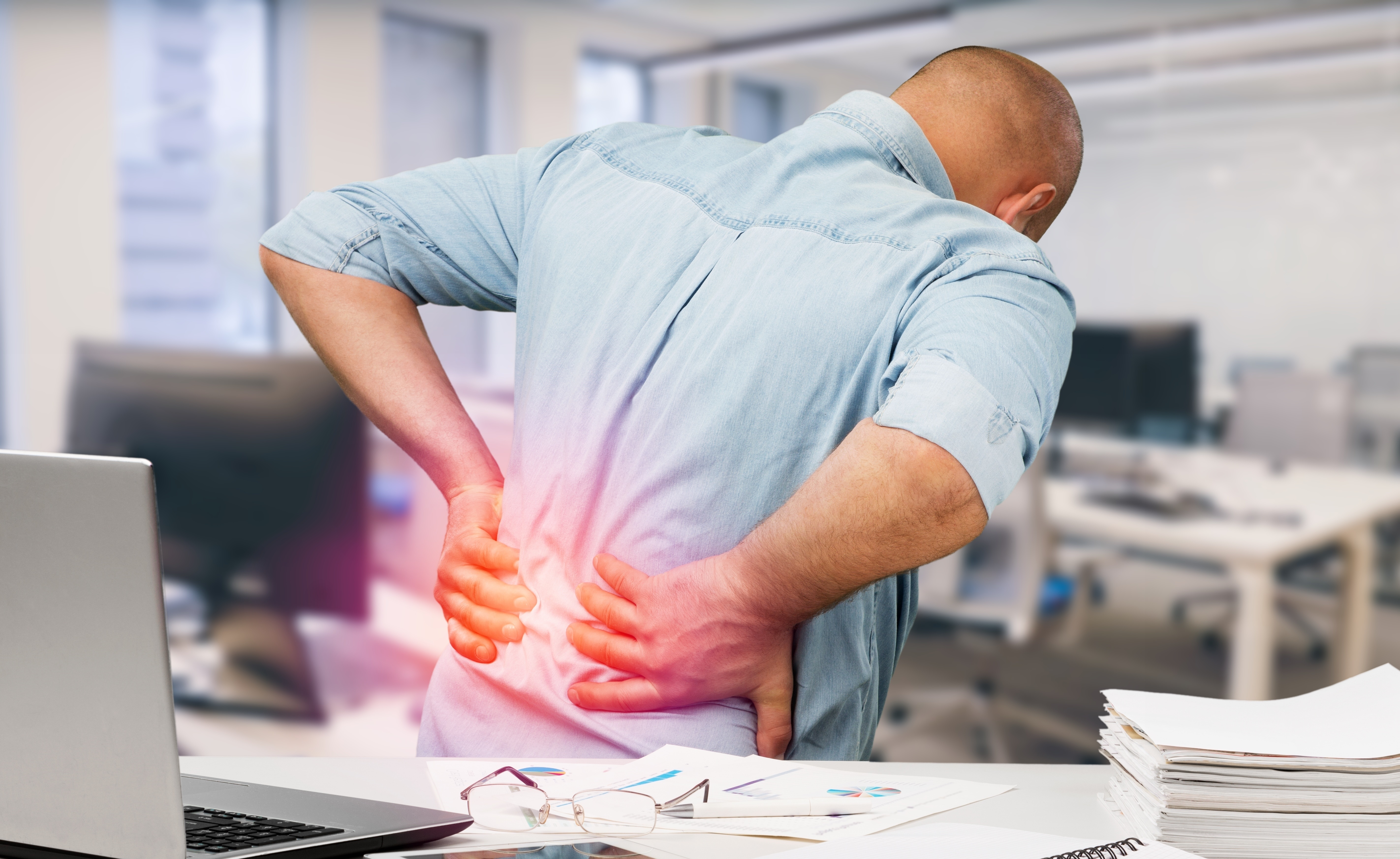What most people refer to as the shoulder is actually a collection of joints that work together with tendons and muscles to allow the arm to move in a wide range of motion, from scratching your back to throwing the perfect pitch. However, mobility comes at a cost. It may aggravate difficulties with shoulder instability or impingement of soft tissue or bony structures, resulting in pain. You may experience discomfort only when you move your shoulder, or you may experience pain all the time. The pain could be temporary or persistent, causing medical evaluation and treatment.
This article discusses some of the most prevalent causes of shoulder pain and treatment alternatives. Your doctor will provide you with further information concerning your shoulder pain.
Anatomy
The humerus (upper arm bone), the scapula (shoulder blade), and the collarbone (clavicle) are the three bones that make up your shoulder.
The rounded socket in your shoulder blade houses the head of your upper arm bone. The glenoid is the name of this socket. Your arm bone is kept centred in your shoulder socket by a mix of muscles and tendons. The rotator cuff is the name for these tissues. They link the head of your upper arm bone to your shoulder blade and cover it.
Cause
Shoulder issues fall into one of four categories:
- Tendon inflammation (bursitis or tendinitis) or tendon tear
- Instability
- Arthritis
- Fracture (broken bone)
Tumors, infections, and nerve disorders are some of the less prevalent causes of shoulder pain.
Bursitis
Bursae are tiny fluid-filled sacs found in all joints of the body, including the shoulder. They serve as cushions between bones and the soft tissues that surround them, as well as reducing friction between gliding muscles and the bone.
Excessive shoulder use can cause inflammation and swelling of the bursa between the rotator cuff and the acromion, which is a component of the shoulder blade. Subacromial bursitis is the resulting ailment.
Bursitis is frequently seen in combination with rotator cuff tendinitis. The shoulder’s various tissues can become inflamed and uncomfortable. Many everyday tasks, such as combing your hair or getting ready, may become challenging.
Tendinitis
A tendon is a cord of tissue that connects a muscle to a bone. Inflammation of the tendon is the most common cause of tendinitis.
Tendonitis is classified into two types:
- Acute. Acute tendinitis can be caused by excessive ball throwing or other overhead actions at work or in sports.
- Chronic. Chronic tendinitis can be caused by degenerative disorders such as arthritis or age-related wear and tear.
The four rotator cuff tendons and one bicep tendon are the most usually affected tendons in the shoulder. A rotator cuff is a group of four tiny muscles and tendons that cover the upper arm bone’s head and hold it in the shoulder socket. The rotator cuff is a ligament that serves to support and move your shoulder.
Tendon Tears
Acute damage or degenerative changes in the tendons owing to increasing age, long-term misuse and wear and tear, or a sudden injury can cause tendons to split and rip. These tears can be partial or total, causing the tendon to detach from its bone connection. The tendon is torn away from its attachment to the bone in most complete tears. The most common of these ailments are rotator cuff and biceps tendon injuries.
Impingement
When the arm is pulled away from the body, the top of the shoulder blade (acromion) puts pressure on the surrounding soft tissues, causing shoulder impingement. The acromion scrapes or “impinges” on the rotator cuff tendons and bursa as the arm is elevated. Bursitis and tendinitis can result, producing pain and restricting movement.
Instability
When the head of the upper arm bone is driven out of the shoulder socket, shoulder instability ensues. This can occur as a result of an unexpected accident or excessive use. Shoulder dislocations can be partial, with the upper arm’s ball coming out of the socket only partially. This is referred to as a subluxation. The ball comes completely out of the socket in a complete dislocation. Dislocations can occur repeatedly once the ligaments, tendons, and muscles surrounding the shoulder become loose or damaged.
When you elevate your arm or move it away from your body, recurrent dislocations, which can be partial or full, cause pain and unsteadiness. Subluxations or dislocations that occur frequently raise the chance of developing arthritis in the joint.
For detailed advice on your Shoulder Pain and Injury, please contact Simply Align Rehab Physio in Scarborough/Toronto at simplyalignrehab.com, or phone or text us at (416) 628-8554 for your Physiotherapy or Chiropractor needs in Toronto.




